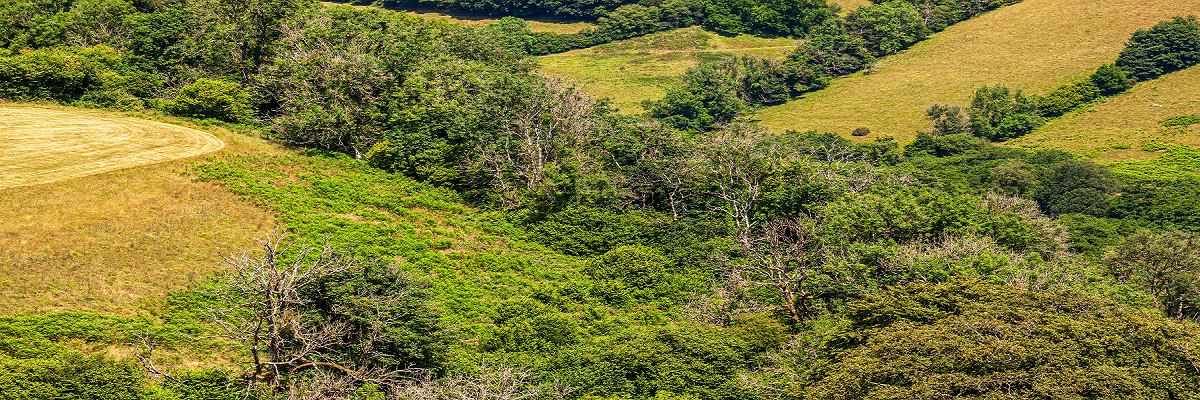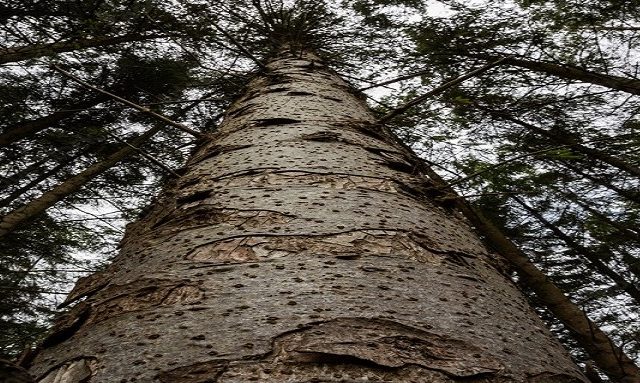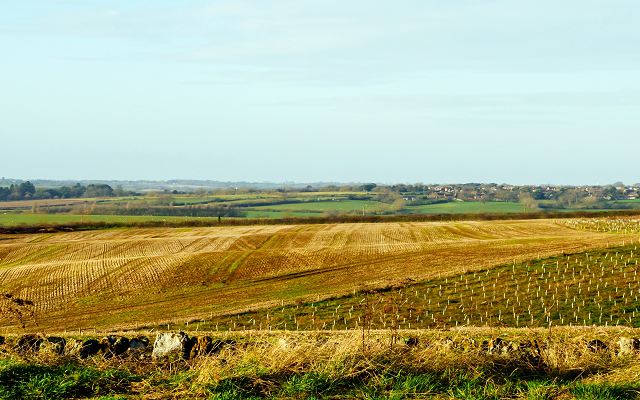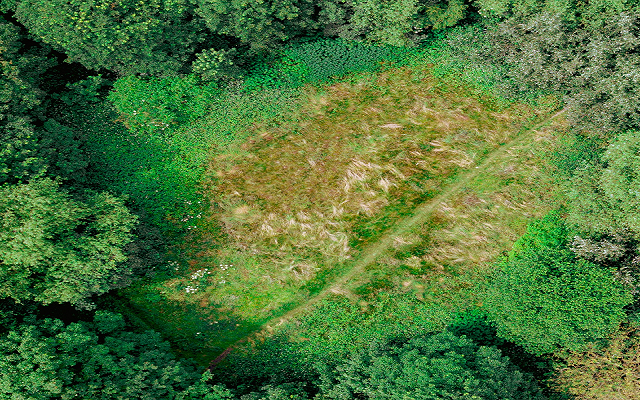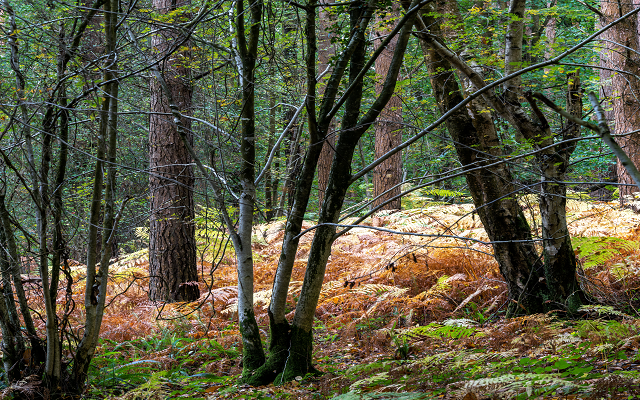In the know: Top tips on managing tree pests and diseases
The changing climate is increasing the risk posed to trees from a range of pests and diseases. Three of the most problematic for UK forestry and woodland are currently:
- Ips typographus (Eight Toothed Spruce Bark Beetle).
- Oak Processionary Moth
- Ash dieback
The following is a summary of the current position on each of these, with advice for landowners on how best to address the challenges they pose.
Ips Beetle (Eight Toothed Spruce Bark Beetle)
The Ips beetle is considered a serious pest in Norway spruce trees in Europe. It was first discovered in the UK in Kent during 2018 but has recently been confirmed in Suffolk and Norfolk. Consequently, the Forestry Commission has tightened the plant health measures to control its spread.
Ips beetles prefer stressed and weakened Norway spruce trees, but under the right conditions numbers can increase to the point where they attack healthy trees. As such, they have the potential to cause significant damage to Great Britain’s forestry and timber industries.
From 12 June 2024, a new demarcated area (DMA) covering much of the south east of England and East Anglia came into effect to control the further spread of Ips.
Within the demarcated area, landowners are required to give prior notice before felling and moving any susceptible species. There is also an authorisation process which must be followed if landowners are looking to stack timber to allow it to dry out.
Advice for landowners:
If you have areas of Norway spruce, inspect them regularly and actively look out for any signs of stress and/or diseases. Given the spread of Ips we recommend that active management plans – which include thinning and felling – are prepared. This is particularly important in the demarcated areas where Ips is known to be present. Grants are available for replanting of areas of Norway spruce affected by Ips.
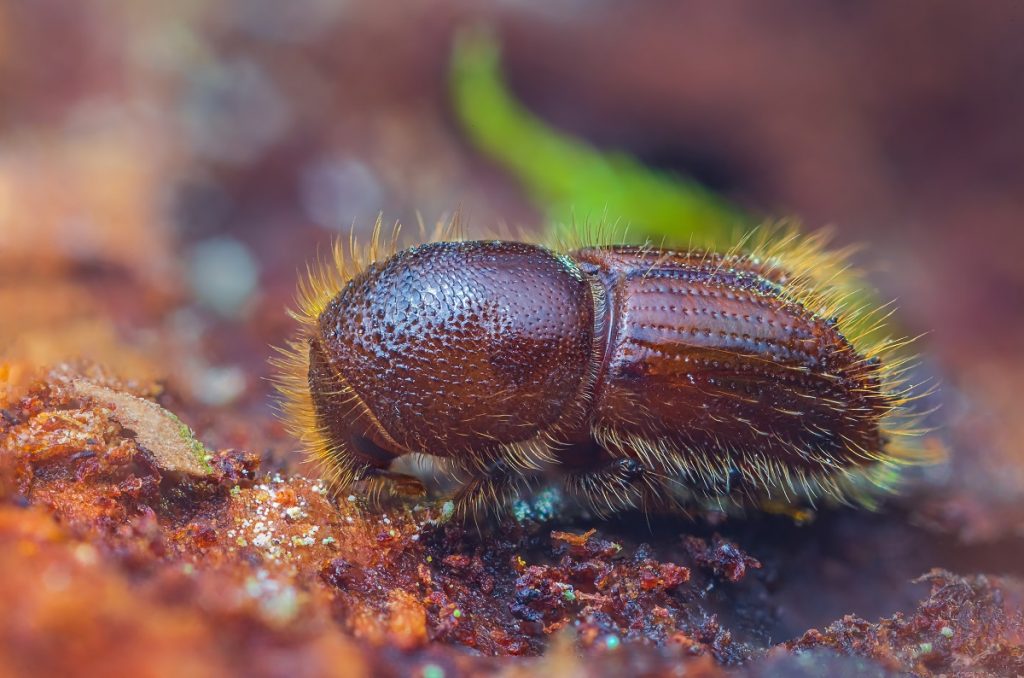
Oak Processionary Moth
Oak Processionary Moth was first identified in London in 2006 and has now spread to some surrounding counties including Surrey and other parts of south east England.
The caterpillars of OPM infest oak trees, eating the leaves, weakening the tree and leaving it vulnerable to other threats. OPM nests and caterpillars are also a hazard to human and animal health as they shed hairs which can cause itchy rashes, eye and throat irritations and occasionally breathing difficulties.
There are currently three designated areas or zones:
Area free from the pest: This area is officially designated free from the pest and covers most of the country. In most cases, the treatment of oak trees that have OPM infestation in these areas will be completed on behalf of the landowner by Forestry Commission.
Buffer zone: In this area there is an annual OPM programme of surveillance and control, led by Forestry Commission. This programme involves detecting the pest and treating infested oak trees (and those trees in close proximity). If you own an infested oak tree in the buffer zone, the Forestry Commission may issue you with a Statutory Plant Health Notice (SPHN) asking you to take action. In most cases support will be available from the Forestry Commission for treatment of trees within this zone.
Established area: This is the area where OPM is established in the South East of England. In this area landowners are responsible for the management of OPM on their land.
Advice to landowners:
If you have oak trees within the demarcated areas, inspect the trees regularly and actively look out for any signs of OPM. The Forestry Commission has excellent guidance and pictures of signs of the OPM and their nests. If you see any signs of the OPM, then report that to the Forestry Commission via the Tree Alert Online Form.
Having OPM on oak does not require the tree to be felled, with the most common approach to controlling the caterpillars being the application of an insecticide. There are also a series of actions that can be undertaken to mitigate the impact of OPM, such as staying away from the trees, diverting paths and informing people about OPM.

Ash dieback
Chalara ash dieback is a fungal disease which was first confirmed in the UK in February 2012 in a consignment of infected ash plants sent from The Netherlands to a nursery in Buckinghamshire, England. Later in 2012 it was also found on ash trees in the wider countryside, which did not appear to have any association with plants recently supplied by nurseries.
Much of the country is now affected by the disease which is leading to the widespread decline and death of ash trees. Signs of infection are leaf loss and dead branches throughout the crown of ash trees, and clumps of new growth towards the centre of the crown. In areas of high infection, the fungus can cause lesions at the base of the tree, making it more susceptible to secondary infections.
Advice to landowners:
If you have ash trees that are near footpaths, roads or buildings, we recommend that active plans for their management are prepared and enacted. A key factor in this will be demonstrating that the landowner has acted reasonably in managing liability and public safety.
Responsible plans will involve the thinning/felling of infected ash trees, prioritising any areas with potential liability risks. However, we would recommend that any plans for tackling ash dieback are considered within wider management plans that consider the whole of the wood. This brings consistency to management and creates significant economies of scale and operational efficiency that can turn loss-making works into profit. Ash trees do have value – they are the hardwood species that is most preferred for firewood, as well as being a prized species for higher quality interior furniture.
A well-managed approach will also benefit the ecology and nature conservation interests of the wood, with any resulting gaps and open areas after felling affected trees being rich for conservation interests. This restructuring is also an opportunity to make the wood more resilient by introducing younger trees of different species.
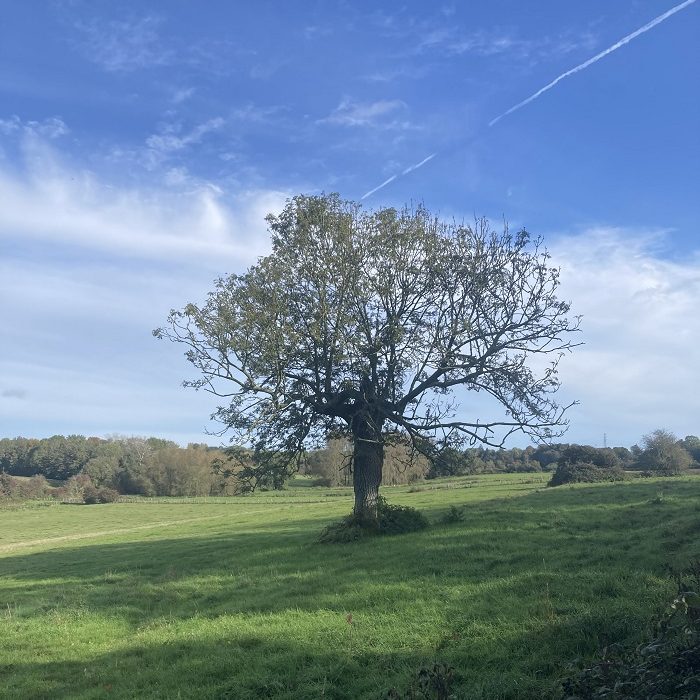
If you would like to know more about tackling any of these pests and diseases please contact Hugh Williams or Matthew Bennison.
This article forms part of our ‘In the Know’ series which sees Strutt & Parker experts share insight and advice on how farms and estates can improve their business resilience, both from an economic and environmental perspective.
